Unlocking Silage Potential with Biological Silage Additives – Enhancing Fermentation, Boosting Nutrition, & Maximizing Feed Efficiency
What are silage additives / silage inoculants?
Silage additives or inoculants are designed to help aid the preservation of forages.
Biological additives/inoculants work by enhancing the naturally occurring fermentation process with the addition of specific Lactic Acid Bacteria (LAB) and Yeats. These microorganisms speed up the fermentation process which produces several metabolites, such as organic acids and ethanols, which quickly drop the pH and prevent spoilage. Chemical additives/inoculants, such as formic, acetic or propionic acids, work by simply lowering the pH.
It is the lowering of the pH that preserves the forage by preventing spoilage from other microorganisms. The fermentation is a completely natural process and whether using a biological or chemical additive or inoculant you are speeding up the lowering of the pH and preventing any spoilage of the forage.
Should I use a Biological or Chemical silage additive / inoculant?
Traditionally, Chemical additives or inoculants were the preferred choice, however, with the advances in microbiology and our ability to understand, propagate and store these microbes more and more people are using Biological additives and inoculants.
Both do the same job they just do it differently. What we can say is that different microbes produce different metabolites and these can be useful for different things. There is no doubt chemical additives/inoculants are great at preservation but they are not so good at maximising the nutritional values of the forages.
Biological silage additives/inoculants can contain either hetero or homo-fermentable LAB. Hetero-fermentable LAB produces propionic acid, which is one of the main Volatile Fatty Acids (VFA) and the predominant source of energy for ruminant animals. Homo-fermentable LAB, on the other hand, produces acetic acid which is another VFA that is important in providing nutrition to the ruminant animal, however, in the silage clamp, acetic acid is an excellent preserver and is the main driving force for clamp stability.
Therefore, with a biological silage additive/inoculant, we can preserve as well as maximise the nutritional value of the forage. This ability to mix different microbes and provide multiple benefits makes them our preferred choice when comparing the two options.
What does Yeast do when used as a silage additive / inoculant?
The addition of yeast to a LAB-based Biological silage additive/inoculant is significant. LAB can produce Propionic and Acetic acid but Yeast is able to produce ethanol (alcohol) which is not only an excellent source of energy (think beer belly) but also as a preservative.
A number of farmers will feed yeast to their ruminants to aid rumen function and increase feed efficiency. By adding the same yeast into the silage you not only benefit the silage fermentation process but you also get the same benefits to the animal when it is fed.
Silage additives/inoculants with added yeast produce Propanediol which has exactly the same feed value as Propylene Glycol. This helps increase the available energy from the forage and helps drive yield. Research by Ghent University in Belgium showed that for every 1kg of silage made using a biological silage additive/inoculant with yeast, 10g of Propanediol (Propylene Glycol) was produced compared to 0g for additives/inoculants without yeast.


